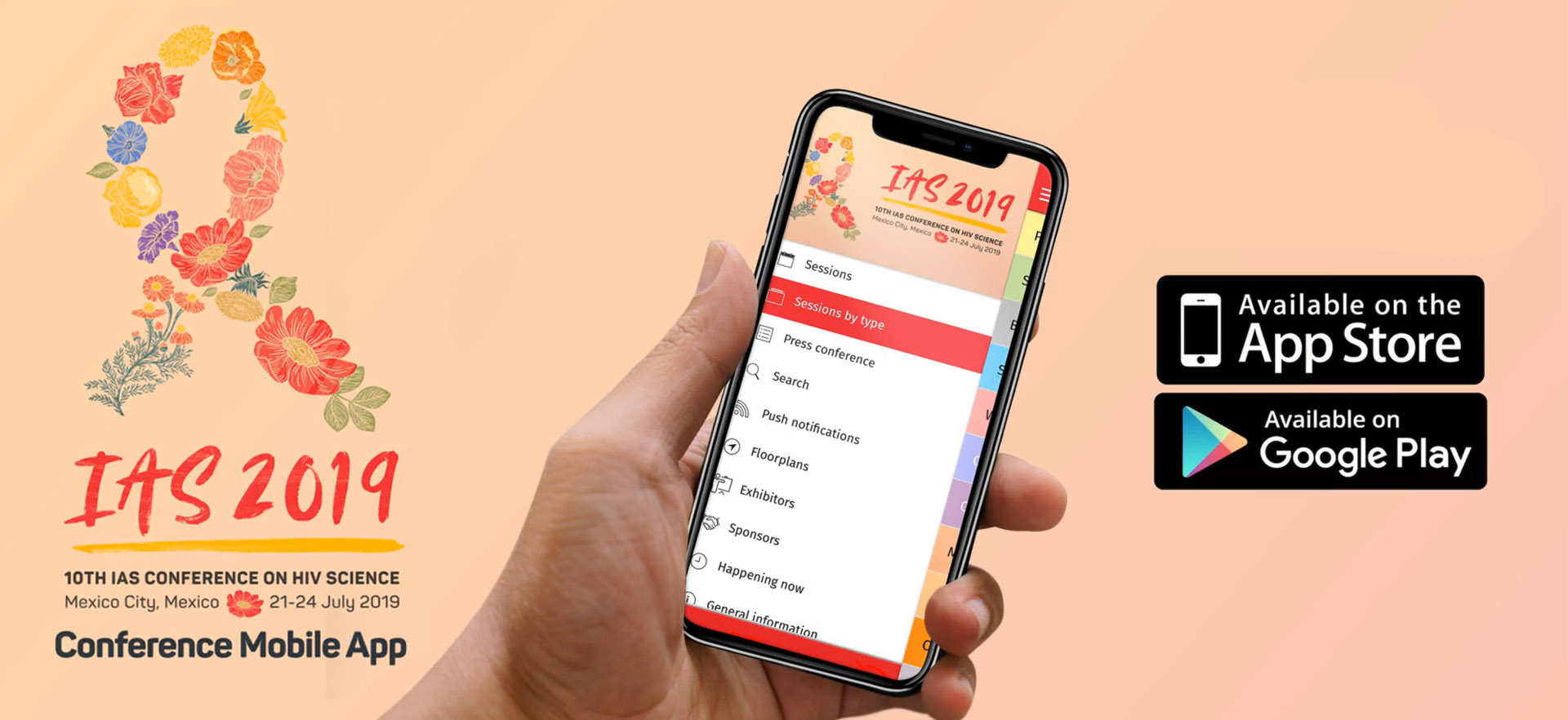CBSE 12th Standard Physics Subject Semiconductor Electronics Materials Devices And Simple Circuits Value Based Questions 5 Mark Questions With Solution
By QB365
QB365 Provides the Value Based Questions Papers for Class 12 Physics, and also provide the detail solution for each and every Value Based Questions. Value Based Questions will help to get more idea about question pattern in every exams and also will help to get more marks in Exams
QB365 - Question Bank Software
CBSE 12th Standard Physics Subject Semiconductor Electronics Materials Devices And Simple Circuits Value Based Questions 5 Mark Questions With Solut
12th Standard CBSE
-
Reg.No. :
Physics
-
\(p-n\) junction is a semiconductor diode.It is obtained by bringing \(p-\) type semiconductor include contact with \(n-\) type semiconductor. A thin layer is developed at the \(p-\) junction which is devoid of any charge carrier but has immobile ions. It is called depletion layer. At the junction a potential barrier appears, which does not allow the movement of majority charge carriers across the junction in the absence of any biasing of the junction.
\(p-\)n junction offers low resistance when forward biased and high resistance when reverse biased. Read the above paragraph and answer the following questions:
(i) Can we measure the potential barrier of \(p-n\) junction by putting a sensitive voltmeter across its terminals?
(ii) What practical lesson do you draw from the above study?(a) -
Kritika Singh was enjoying TV programme at her home with her younger brother Surya at night. Suddenly, the light went off causing darkness all over. Surya asked her to bring candle along with matchstick to put the TV switch OFF. Kritika at once picked the mobile phone and pressed the button lighting up the surrounding. Her younger brother was surprised and asked, where the light was coming. Kritika proudly showed her mobile.
Read the above passage and answer the following questions:
(i) Which value is displayed by Kritika?
(ii) Name the material used in the formation of LED.
(iii) LED works, in which biasing?(a) -
Ashwin was given 3 semiconductors A, B, and C with respective band gaps of 3 eV, 2 eV and 1 eV for use in a photodetector to detect \(\lambda =1400\quad nm.\) He found that the photodetector was not working with these semiconductor and did not know. Why? his friend Akash found out the reason for it and explained it to him. Read the above passage and answer the following questions:
(i) Why did the photodetector not work?
(ii) What according to you are the values shown by Akash?(a) -
Shorya usually enjoyed loud music. One day his music system was not producing very loud sound. Shorya gets disappointed. He discussed his problem with his big brother Kamal. Kamal advised him to connect an amplifier in series with the amplifier of the stereo system. This increased the sound of Shroya's music system considerably. Read the above passage and answer the following questions:
(i) Which value is displayed by Kamal?
(ii) Why the loudness of music system get increased on connecting amplifier?
(iii) Give the equation for current gain in the transistor as an amplifier.(a) -
Khusbhu Mowar is an electronic engineer. She was working in a project for college exhibition. Her younger sister asked Khushubu about a small black coloured device. which Khusbhu was working on. She clearly explained the working of integrated circuit(IC) to her sister. Read the above passage and answer the following questions:
(i) What according to you, are the values displayed by Khusbhu?
(ii) What is an integrated circuit? What are the uses of the integrated circuit?
(iii) What do you mean by microprocessor?(a)































